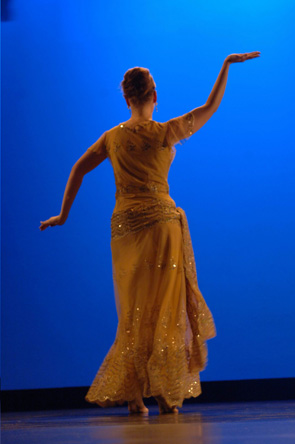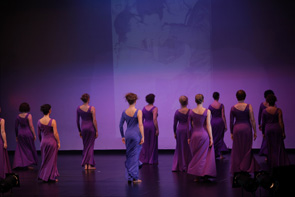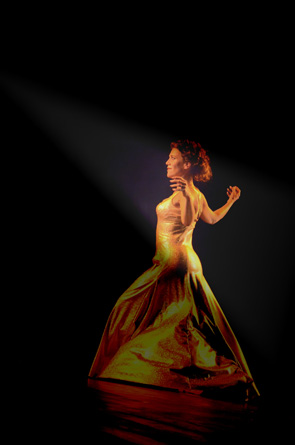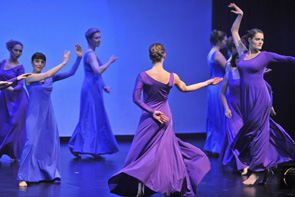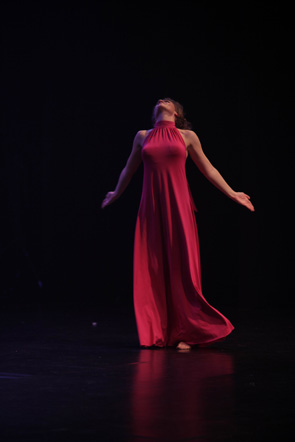Forms & Tarab aesthetics
https://www.facebook.com/BEATRICE.GROGNARD/
https://www.instagram.com/beatricegrognard/
Béatrice Grognard provides the many faces of theatrical dance of Egypt with a new authenticity, which reflects the abundant musical diversity of this age-old country.
SHA’ABI
Sha'abi traditions (Sha’ab meaning popular, from the people) find their origins in villages and small towns all over Egypt. They play an essential role in the fellahs’life (fellahs are peasants, people living in the countryside or coming from rural areas). Every festival, every ceremony is played out to the rhythms of Sha’abi.
For many years, inspired by her first job as an archaeologist, Béatrice has been investigating the Sha’abi universe to help preserve its essence and endow it with an essential search for modernity, thereby preventing it to sink into oblivion or, even worse, to become just a caricature of a poorly inspired cheap folklore.
The Tarab style provides the Sha’abi universe with a new authenticity, thus meeting the demanding character of this music, which, because of its asserted rurality, requires simplicity, limpidity, spontaneity but also subtlety and elegance, as it finds its source in ancient times and yet has survived through the centuries. This survival confers a charismatic fervour on the Sha’abi music.
En savoir plus...
These rural dances and music that are very characteristic for the different regions of Egypt or for the whole nation have not changed much through history. Sha'abi encompasses various music traditions and dance forms. Some of them are interpreted by women as well as by men, reflecting a technical and emotional duality that can be explored passionately.
The sha’abi repertoire is probably the most complex to interpret, as the music and its many tones are not obvious to explore. One must virtually decipher them. At first, sha’abi may seem repetitive or even insistent. But reducing it to another traditional music style with no diversity or subtlety means ignoring its nuances and profoundness which are worth discovering gradually… The dancer has to analyse the music carefully, using all her listening and interpreting skills to reveal the sha’abi universe in all its glory.
The sha'abi dances and music, which are so numerous in forms, allow Béatrice Grognard to constantly develop her choreographic inventiveness and daring interpretation. The fellahi, nubi, saïdi and ghawazi music styles provide her with a whole range of universes, that she explores with insatiable curiosity and makes us discover through her various creations.
1. Saïdi
The Saïdi music of Upper Egypt (Saïd meaning South) is interpreted with great virtuosity by one of the best Egyptian ensembles, the Musicians of the Nile, a world-known troupe led by the master of rababa (two-strings viol), Raïs Mohamed Murad.
Since 2001, Béatrice evolves with this troupe, developing an artistic complicity and shaping an emotional body language which expresses with great precision the many twists and turns and the delicacy of this music.
From a technical point of view, the Saïdi repertoire requires to use one’s body in a “wide”, monumental and open way, with great elasticity, and to preserve the concept of “masculinity and feminity”, which blend in energy and strenght.
Many technical and emotional variations blossom in this wide repertoire, where rhythms, cadences, melodies and words make it possible to develop the richness and powerful character of danced sequences and transitions.
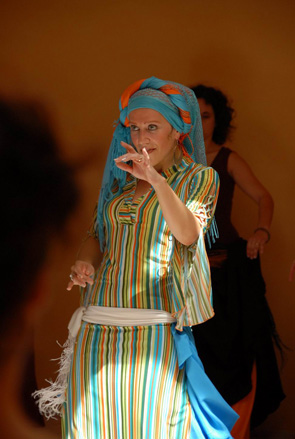
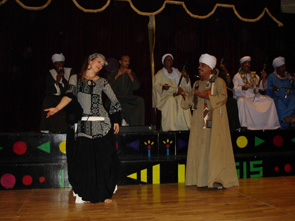
2. Ghawazy
The word “ghawazy”relates to the gipsy dance of Upper Egypt. It has ancient origins but has travelled down the ages and is still practised by a couple of women.
The Ghawazy dance has remained the same throughout the centuries and it’s not pejorative to say that it is limited in its expression. Yet, this type of dancing is a brilliant example of sober attitude, solid vertical line, extreme strenght and fluidity of the pelvis. It is practised with the feet deeply connected to the ground.
Béatrice has developed this repertoire, inventing a more complex Ghawazy dance and with many more variations. Without changing the essence of this ancient dance, she has transformed it in a subtle combination of great physical performance and clarity of movements, preserving the strenght in transitions and eventually developing a sort of “seething calm”.
Ghawazy dance at Tarab is an explosive mixture of deeply feminine movement, mocking and cheerful communication with the musicians and the public, “punching” with the pelvis, shoulder movements, extreme stretching of the body, jumps and feet moves that would even make the unchanging Nile ripple.
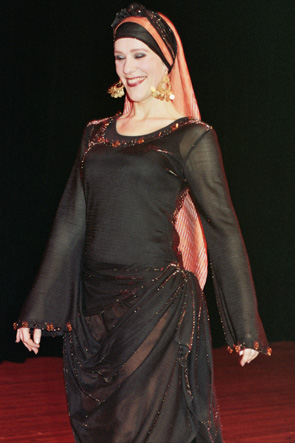
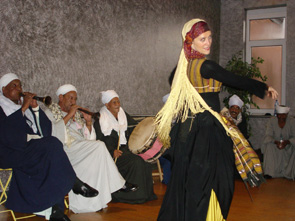
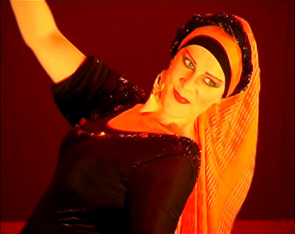
En savoir plus...
Béatrice’s approach to these Sha'abi repertoires is based on:
- - tales told in Sha'abi songs;
- - the ingenuity of the music rhythms and melodies.
Several examples of themes in Egyptian songs
- Longing for a bygone age of gold and lost loved ones. Moments of melancholy which transport us to a nostalgic but still hopeful Egypt.
- Asking for forgiveness "to Life" for all the evil committed. Grief is an integral part of the poetry of popular Egyptian songs.
- Life's ups and downs: mystical love, despair, ecstatic joy, desire, triumphant or unrequited passion, is always heartrending.
- The play on words, the subtlety of the language, the poetry of the words.
- The joy and humour of the texts, the natural spontaneity of the words, a lyrical flight which is swift, sharp and caustic.
{/slider}
3. Sufi
This repertoire has reached a high degree of refinement thanks to the famous singer Sheikh Ahmed Al Tuni. Béatrice was literally struck by his universe. This gave her the idea of expressing with movements and emotions this fascinating universe that had never been interpreted before, even less by a woman.
The meeting of both artists several years ago resulted in the making of the “Al wegdann” performance.
Béatrice virtually took over the universe of Tuni by clarifying, through movement and expression, the major ideas and sensitivities of Sufism: the ancestral trial, the voracious passion, the revelation predicted, the transcendence of salvation and the ecstasy of liberation.
Through a flaming theatricality of the dance, an emotion and expression which sometimes remain inward and sometimes are powerful and similar to trance, Béatrice has been able to unveil the Sufi philosophy accurately and splendidly. She leads our souls into this swirling sacred dance of the Dervishes.
Sheikh Ahmed Al Tuni died on March 17th, 2014. But its singing and its soul continue intensely.
.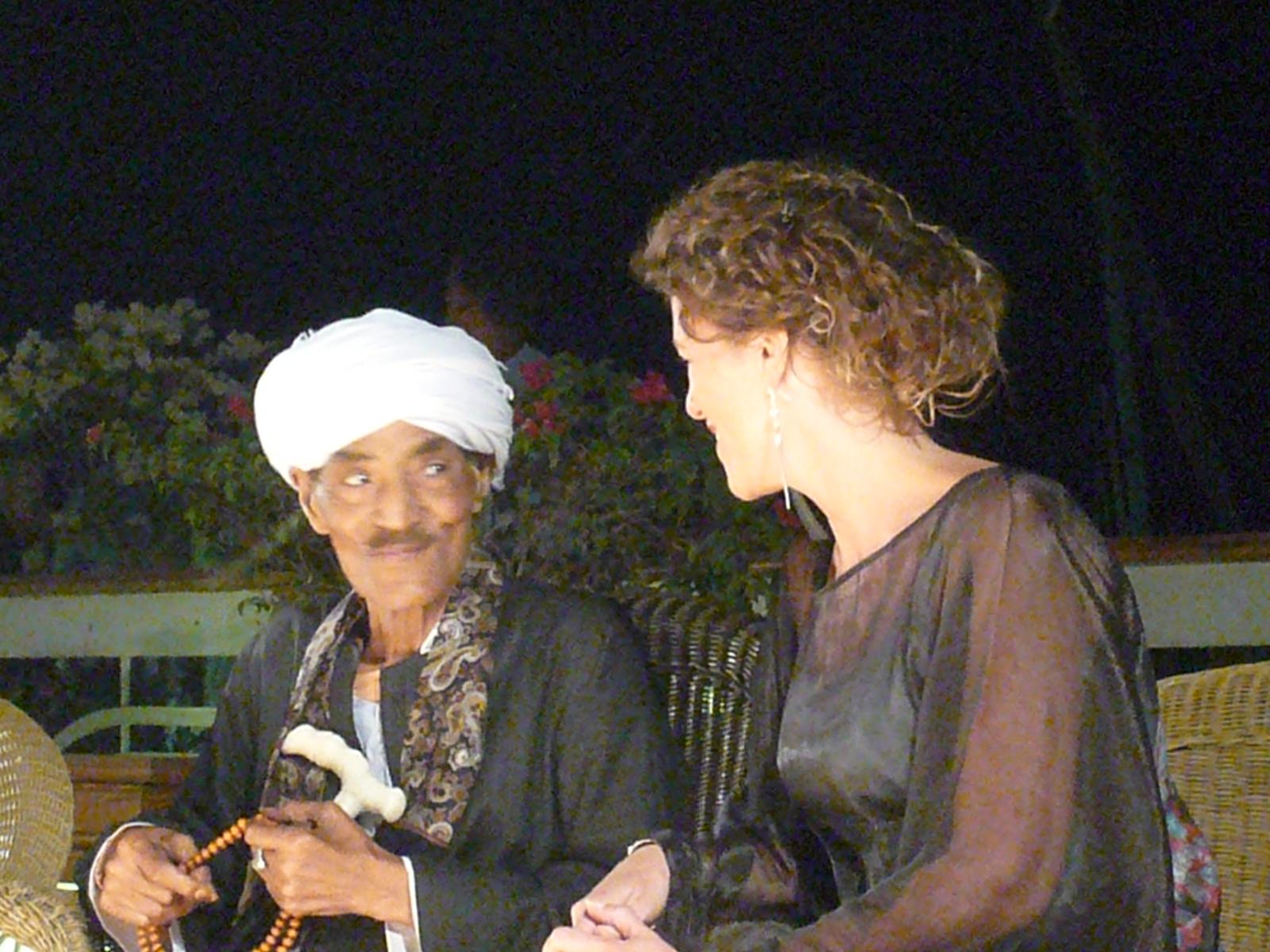
Luxor 2010 : Al Tuni and Béatrice share....
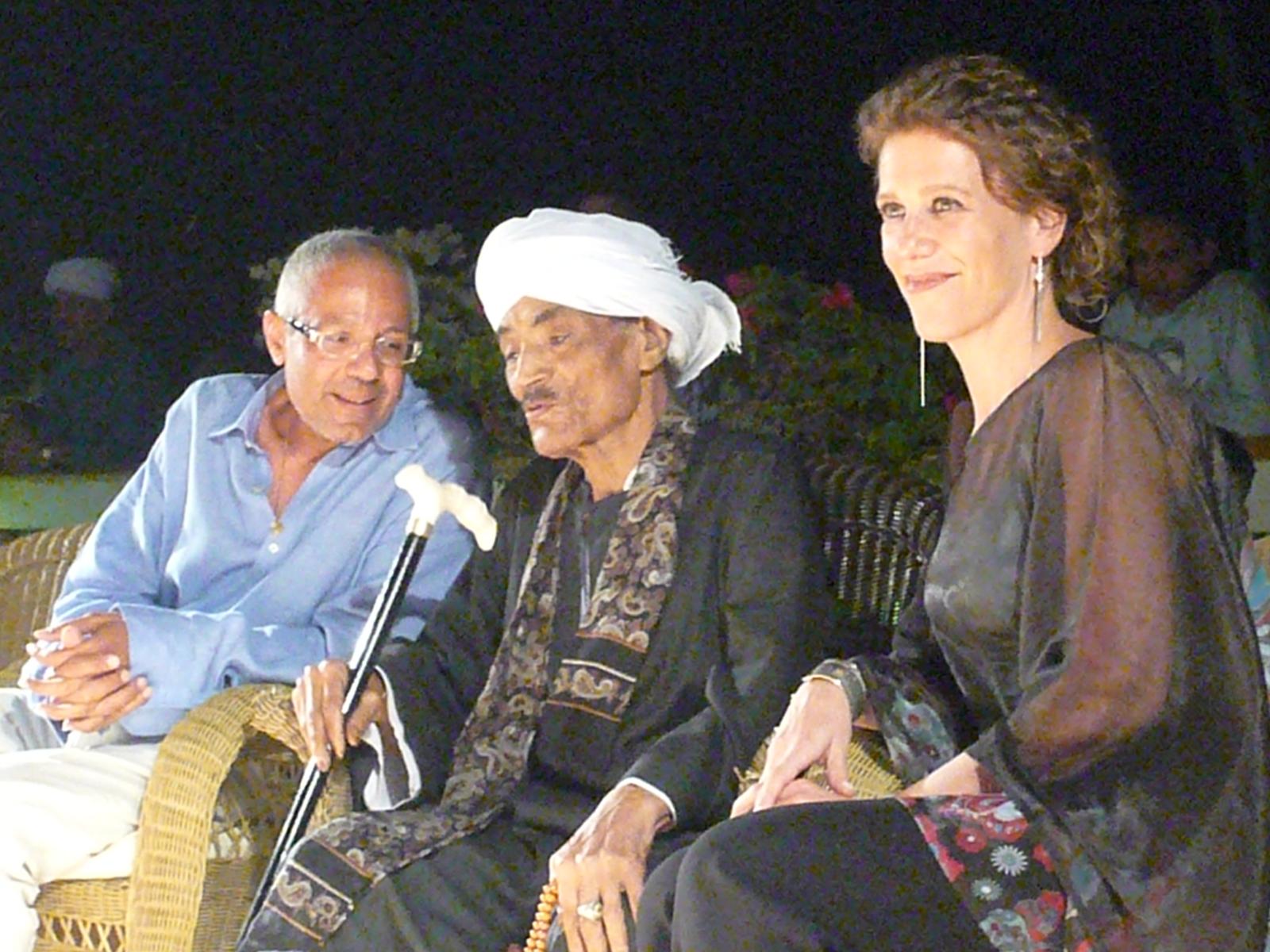
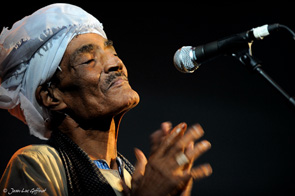
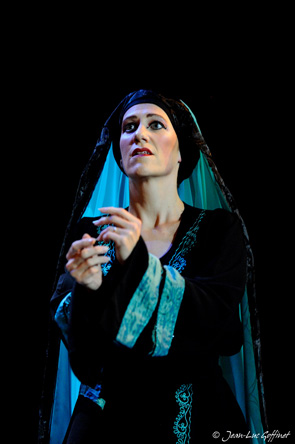
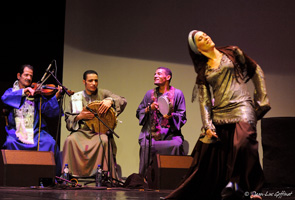
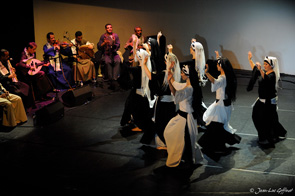
En savoir plus...
Technically speaking, the Sufi repertoire makes it possible to develop complex and expressive body movements that reflect the big human feelings.
This range of movements which request an effort of the whole body, is accompanied by constant whirling of the dancers who gradually take the pace of the upgoing music and singing. In the sufi dance, dancers also use twisting and tonic impulses of the spine, express the lyrics through their arms and hands, and yet remain extremely anchored thanks to their controlled muscular force, their ability to concentrate and their regular breathing.
Sheikh Ahmed Al Tuni
« A native of the village of Hawatka near Assiout, Ahmad al-Tûni is one of the last important munshidîn (who sings the inshâd dînîor typical islamic singing) of Upper Egypt. The voice of the munshîd rises and triggers the sufi trance through dhîkr(memory, reminiscence). In Egypt, dhîkr is almost an antique ritual appealing to both men and women, included in the hadra, a moment of spiritual, open and creative encounter, in which a whole range of emotions can be expressed. Al-Tûni sings almost as ancient performers declaimed.
He virtually mimes his poetry and the nervous swaying of his body follows the virulent rhythm of typical Egyptian instruments such as dûff, riqq and tabla. Al-Tûni reminds us of ancient singers, the mutrib, literally tarabmakers, those who convey the emotion of words and voice.These words tell the story of the prophets, their wisdom and feats. Al-Tûni’s voice transforms, modulates and shapes these very words as if they where a resonant material. »
Being lyrical and voluptuous, al-Tûni also expresses love, ecstatic joy, desire, as well as gentle or bitter passion. The suffering induced by separation, the anguish of the absence, the feeling of letting one’s body go are also present in his songs. This mix of divine and human love makes the singing of al-Tûni as precious as a diamond.
{/slider}
NUBIAN
For a long time, the nubian civilisation was part of the Egyptian civilisation. However, Nubia remains an entity with distinct cultural, artistic, historical and social characteristics. The Nubian languages are grouped with the Eastern Sudanic languages, which form a branch of the Nilo-Saharan language family.
Nubian dance allows Béatrice to develop a unique approach and interpretation of these specific musical pieces. She magnifies the extreme simplicity and purity of the movements stemming from the nubian tradition, whilst preserving the power and the flame of Egypt.
Béatrice explores the specific characteristics of this danced expression, in which the Eastern world and Africa blend together: extremely fluid walking, gentle and subtle movements, smooth shoulders and pectoral girdle, clear postures and poses reflecting the nubian aesthetics.
The nubian dance combines purity and “profound lightness”, echoing the soul of this ancient people of Southern Egypt.
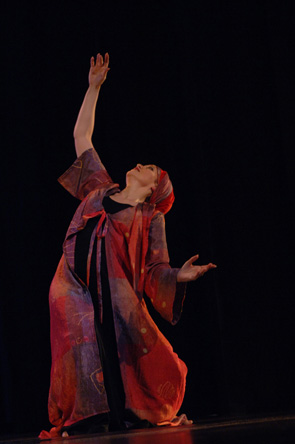
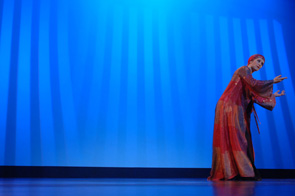
BALADI
"Baladi" means "of my country". The word itself indicates the strong link between Egypt and this musical style, entirely dedicated to women’s flaming and sensual energy. Indeed, the Baladi style is only danced by women.
The Baladi music was born in the beginning of the XXth century, from the fusion of popular Egyptian instruments and sounds with those from the west, such as the accordion, the so Belgian saxophone, the clarinet and the bass. These instruments added a bluesy and jazzy touch to Baladi, which reflects the soul of Egyptian people.
The Baladi style offers a fascinating mix of technique and emotion. Above all, it celebrates improvisation and allows the heart to express itself.
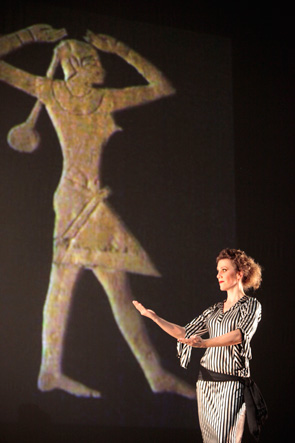
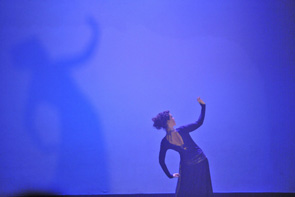
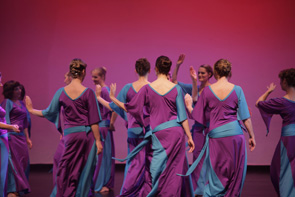
En savoir plus...
Through baladi, common people express their nostalgia of the countryside, which they deserted at the beginning of the twentieth century in search for prosperity in Cairo, as well as their deep‑rooted affection for their country. For other people, baladi expresses the unspeakable suffering or delight of love. Baladi is all about the passion, sense of humour, force and gentleness of the Egyptian people.
The baladi universe encompasses many different sounds and musical sensitivities.
Technically speaking, baladi requires to use one’s body in a very compact, tonic and reactive way, preserving the fire deep down inside our body. The baladi movements must accurately convey all the subtleties and impulses of the music.
CLASSICAL STYLE
"Classical" refers to the classical music and dance whose distant origins are fundamentally linked to the support of the Egyptian elite for art and culture. At that time, in palaces and the residences of the rich, refined music groups called "takht" would perform; the group comprised an ûd, a qânun, a kamânga (violin), a nây and a riqq. Incidentally, "takht" is a Persian term for the raised platform where the musicians sat and which came to denote the orchestra itself.
The takht and the dancer it accompanied, deeply united in artistic expression, produced an atmosphere known as "Tarab" - "emotional ecstasy".
And so,for the aristocracy, dancing became something which reflected the extreme elegance of their world.
Today, Béatrice, whose work is marked by attention to detail and respect, is helping to bring the court classicalstyle back to life, and, thanks to her deliberately modern technical and aesthetic approach, is developing the modern classical style, a superb fusion of eastern and western sensitivities and techniques.
